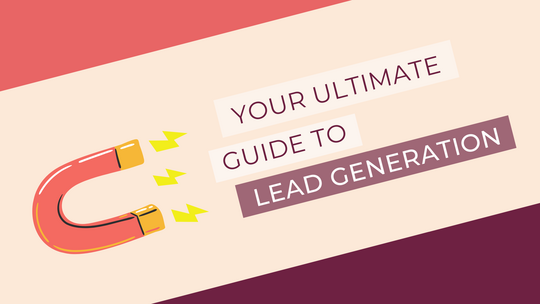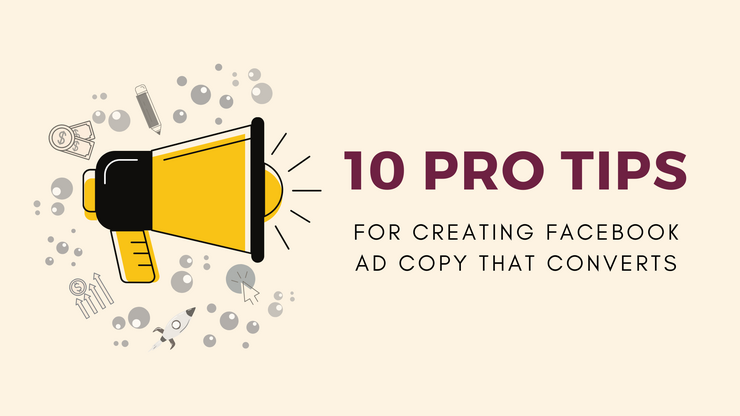
10 Pro Tips For Creating Facebook Ad Copy that Converts
With the overwhelming amount of ads your prospects see every day, it’s almost impossible to create a truly outstanding Facebook ad. And you don’t need to.
But you can (and have to) follow very simple steps to craft copy that catches the attention of the relevant people and converts them. Here’s your action plan.
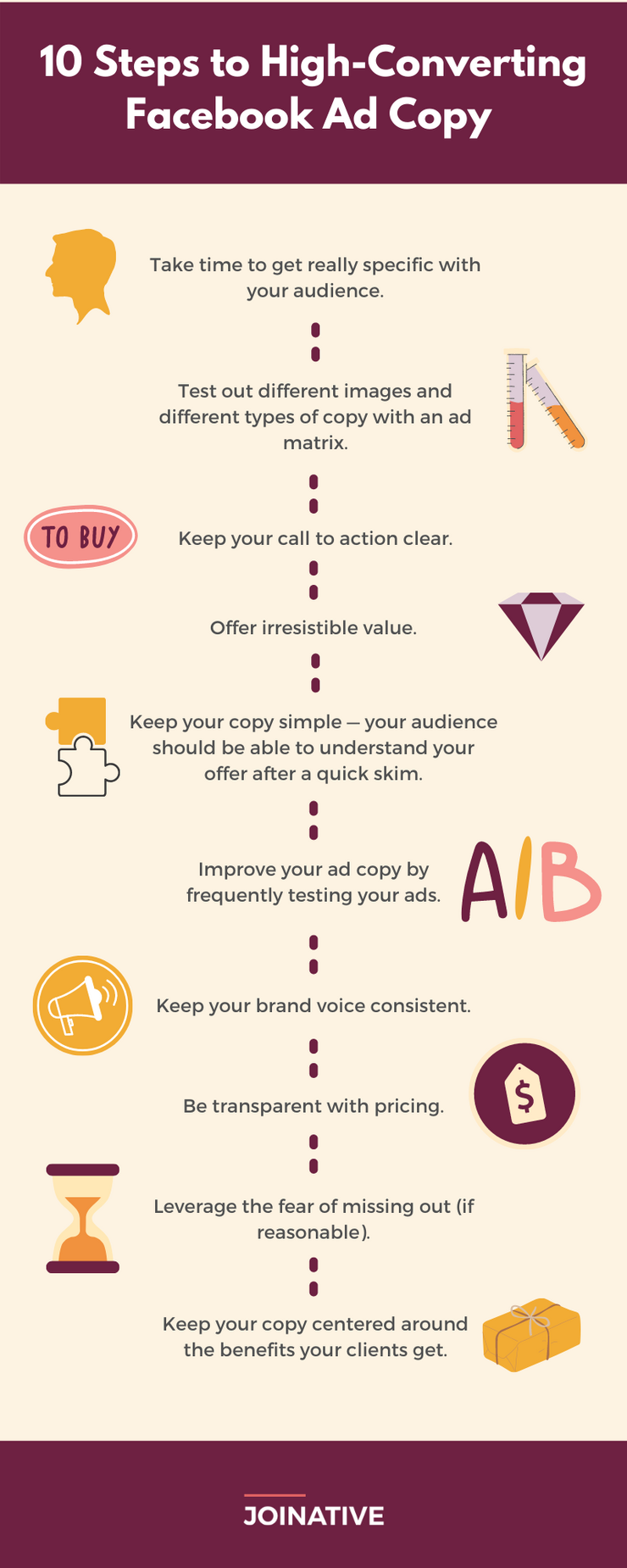
1. Target your audience carefully.
Facebook gives the ability to hone in on your perfect audience, ensuring your ads reach the people most likely to follow through on your call to action. Take the time to get really specific with your audience. You can designate a custom audience, advertise to a specific location, and even designate gender for your targeted ads.
Filip Matekovic of Hunch recommends: “Speak local language to audiences.
Users are blind to ads that are not written in their own language. They perceive these ads as being irrelevant so they don’t click on them and ignore the ad’s call to action.Capture attention and connect with your audience on a local level. Improve engagement by speaking the local language in your ad copy. Ads on native languages and dialects will have higher CTR than generic ads. This can be achieved by running multi-language ads for Facebook.”
The best part is that you can target your audience based on the interests they’ve identified in their profiles, allowing you to cherry-pick an audience with confirmed interest in your type of product or service.
Next, write directly to the ideal client you’ve identified through targeting. Imagine their personality, their style choices, their day-to-day activities. Envisioning the ideal client gives you clarity when communicating your message.
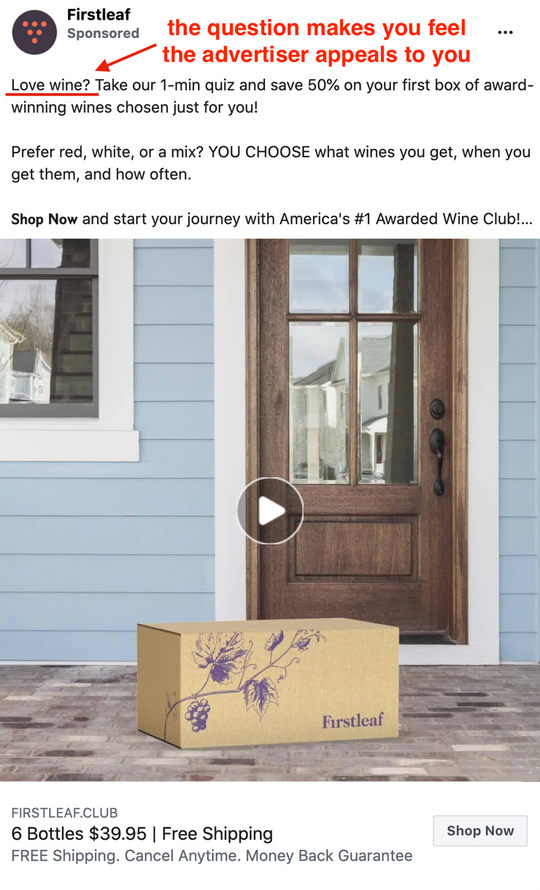
Whether they’re early risers who run when the sun comes up or night owls who curl up with a blanket accompanied by the glow of their laptop — know who they are and talk to them as if they were sitting right across from you.
2. Create an ad matrix.
Don’t make the mistake of creating only one ad.
Instead, test out different images and different types of copy with an ad matrix. Create a set of at least five ads, each with different copy and images.
Sofie Segercrantz, Performance Marketing Lead at Supermetrics notes: “Use Facebook’s Multiple Texts Options feature and write several versions of each text element for an ad to create a dynamic ad. Facebook’s algorithm will then pick the best combo of texts that it predicts will get the best results from each user.
The best way to get the most out of this feature is to have each copy be distinctively different to cover your target audience as broadly as possible. You can, for instance, vary the copy’s main selling point, i.e., highlight price in one and ease of use in another. Or vary the text by length or style. Using dynamic texts also keeps the ads fresher longer and makes finding what works for your audience easier.”
Your targeting options may include different locations and a set of specific interests. Write your ad by isolating a specific interest or location and segment your audience to determine who shows the highest interest. Facebook aids this process by delivering clear results for each ad, which helps you refine your copy and boost the ads that get the most engagement.
3. Keep your call to action clear.
Your call to action (CTA) is what makes the difference between a person who keeps scrolling and one who engages further with your advertising. You’ll notice Facebook ads have a button that can invite your audience to “learn more” or “call now,” depending on what you designate.
You may opt to include a CTA in your ad copy along with the button if it’s relevant and flows well. Try different methods using your ad matrix — for instance, some shoppers may want to “learn more” before they make a decision to buy, while others may be more enticed by a “shop now” button if they’re already on the hunt for the perfect product.
4. Offer irresistible value.
You want your audience to say “yes, please!” when they read your ad.
Ask questions that have an obvious “yes” answer to get your audience in the headspace of agreement with you. Let them know what they’re getting by creating an offer so compelling, they can’t help but follow through on your CTA.
On-Demand Video Course On Native Advertising
Boost your ROAS with native ads. Enroll now with our limited 30% discount.
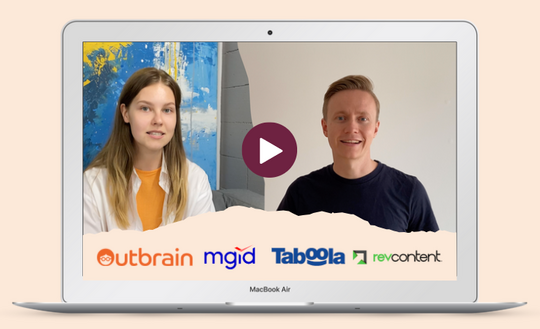
Don’t let there be any discrepancies between your ad copy and your landing page — keep your audience’s momentum by picking up on the details of your offer with their next click.
5. Keep it simple.
You know you’re dealing with short attention spans online. If the headline and the first few lines of the copy don’t pique your reader’s interest, their thumbs will fly across the screen, pushing your ad away from their eyes.
MarketerHire’s Camille Trent says: “Facebook’s gotten loose about the amount of text you can add into the ad image itself, so I’d recommend taking advantage of that. Big, attention-grabbing words to stop the scroll.
That’s not permission to sleep on the post text, though. A good way to think about post framework is: hook, compelling argument with evidence (can use video and image for this part, too), and closer. There should be a clear offer and call to action.
By the end, I should understand how your product or service will make my life better.”
Avoid long blocks of text in your ads; instead, keep your messaging succinct. Facebook ad copy is not the place to beat around the bush or write long, flowery essays. Keep your copy simple — your audience should be able to understand your offer after a quick skim.
Mădălina Pandrea, Content Marketing Expert for tech companies adds: “The way I see this minimalistic approach to copy deals with two main aspects: relevance and size.
To keep ad copy relevant, take into account that, in certain content channels, we value information based on how aligned it is to a certain content interest.
And as consumers, we are much more likely to have a positive reaction to messages – even messages we didn’t opt into – if they are closely aligned with our interests.
Done well, relevant ad copy should complement the audience’s experience, rather than diminish it.
Secondly, a minimalistic approach to ad copy in terms of size helps preserve the quality of the experience for your audience. Long-term, using simpler copy may end up earning you more revenue because your readers won’t be alienated by having to scan through lots of copy to get the message.”
If your message is too long or convoluted, you’ll lose their attention. Nobody wants to have to decipher an ad; it is much easier when they know if they’re interested right off the bat.
6. A/B test.
Improve your ad copy by frequently testing your ads. Facebook encourages this process by making it easy to run several ads at one time with segmented audiences while you test each piece of copy.
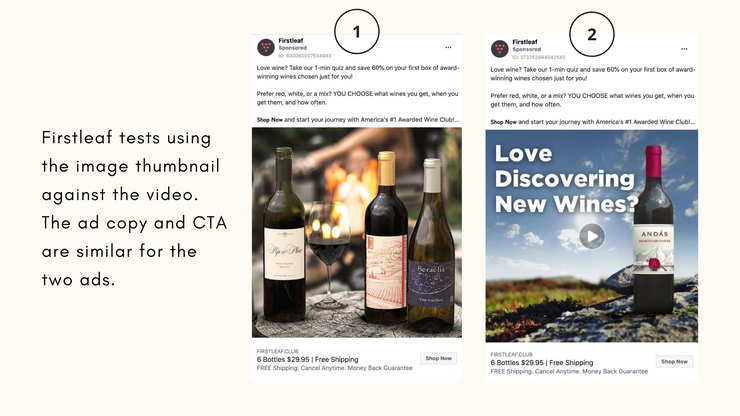
“The secret to success with Facebook ads is testing. The more you test, the more you can use those results to improve and optimize your strategy. Otherwise, everything you’re doing is guesswork.
Your A/B tests should support your overall goals for the account. If you want stronger conversion rates, create tests that will allow you to target that. If the focus is better reach or engagement, then look to implement tests that you believe will most impact that.
Then actively monitor, measure, document, and optimize. Give the tests enough time to run, but also be proactive about applying what you learn immediately after a test ends. You should always have at least one test running at all times,” shares Chantelle Marcelle, Head of Growth at PromoPrep.
You can try using the same image and changing copy on two separate ads then sit back and watch which of the two receives more engagement. It’s this feedback that helps you understand your audience better and write copy that is more aligned with what they respond to.
7. Keep your brand voice consistent.
When you write, you want them to know it’s you. Keep your ad copy consistent with your brand voice. Does your brand generally relay excitement with exclamation marks and emojis? Or is your brand voice more formal, relaying a more professional tone?
Adhering to your brand voice while speaking to your ideal client is the perfect formula for ensuring consistency across different platforms, from your website to your social media to your ad copy. Humans like consistency; it’s predictable which inspires feelings of trust and safety. When your audience trusts you, they’re significantly more likely to buy from you.
Consider creating a brand voice document that can be shared with all members of your in-house content writing team (or any freelance writers you hire). It’s a reasonably quick, yet very effective way of ensuring all of your writers are on the same page when it comes to tone.
8. Be transparent with pricing.
When possible, be transparent with your pricing. Consumers want to know if your product or service is within their budget.
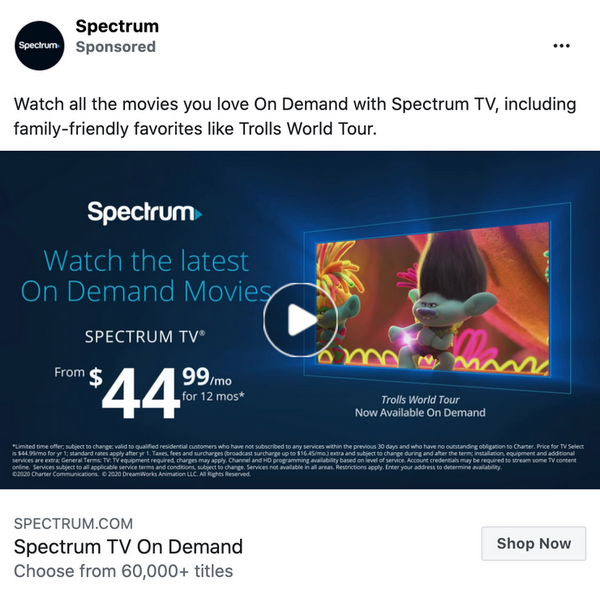
Ensure your offer employs honesty and avoid clickbait offers at all costs. If you’re overpromising and failing to deliver, you’re missing the mark. When you mislead your audience, they lose their trust in you and when they don’t trust you, they don’t buy from you.
9. Add a clear timeframe.
If your offer is available for a limited time, this sense of urgency can turn warm interest into a burning desire to buy.
Although this tactic is not always appropriate (always read the room), the pressure it applies can make the difference between someone who overlooks a good offer and someone who feels compelled to take the plunge for fear of missing out.
Limited time offers can make your audience feel like they got in on a lucky offer so don’t be afraid to incentivize with a good deal for a designated time frame.
10. Focus on benefits.
Although product and service features are the aspects you’ve worked hardest at, ultimately, prospects are looking for answers to their problems. Keep your copy centered around the benefits your clients get.
“Your ad copy should not only speak directly, one-on-one to the ideal audience persona in a relatable manner in the voice and tone they would use in conversation, but also solve their biggest problem or help them achieve their greatest goal.
For example, your product or service could save them time/money, help them live their dream life, feel more confident or protected from a fear, or give them something to be excited about or look forward to. Don’t overpromise but make the connection between why your product or service is the unique winner in its category and focus on benefits to the consumer’s life, not just features. And sometimes, all you have to do is relate to their problem and pique their curiosity so they click to learn more!” – says Debra Pivko, Copy Consultant at Intrigue Creative.
Are you offering a service that streamlines, clarifies, and supports your clients? Tell them how you are lifting that extra weight from their shoulders.
The Grammarly team goes straight to the point in their paid campaigns. They always focus on their prospects’ pain points and offer to address them.
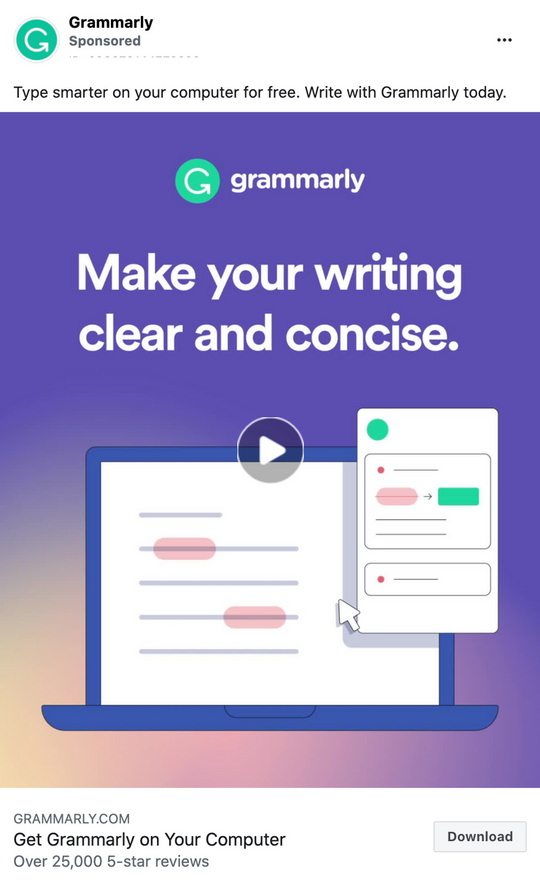
We are all a bit selfish, always willing to know what we’re getting out of the deal. So, keep your copy succinct and benefit-focused for your audience.
Let your creativity flow with the high-converting Facebook ad copy. When you follow the steps outlined above, you position yourself perfectly to develop the best ad copy that speaks to your ideal audience while maintaining your unique brand voice. And when you need a quick ad copy cheat sheet, the platform itself has you covered.

 Feed
Feed
